eSIM vs Physical SIM: The Guide to Pros, Cons and Differences [2025]
![eSIM vs Physical SIM: The Guide to Pros, Cons and Differences [2025]](https://shop.maaltalk.com/media/wysiwyg/MaaltalkNow/Blog/esim-vs-physical-sim/phone-8594571_1280.webp)
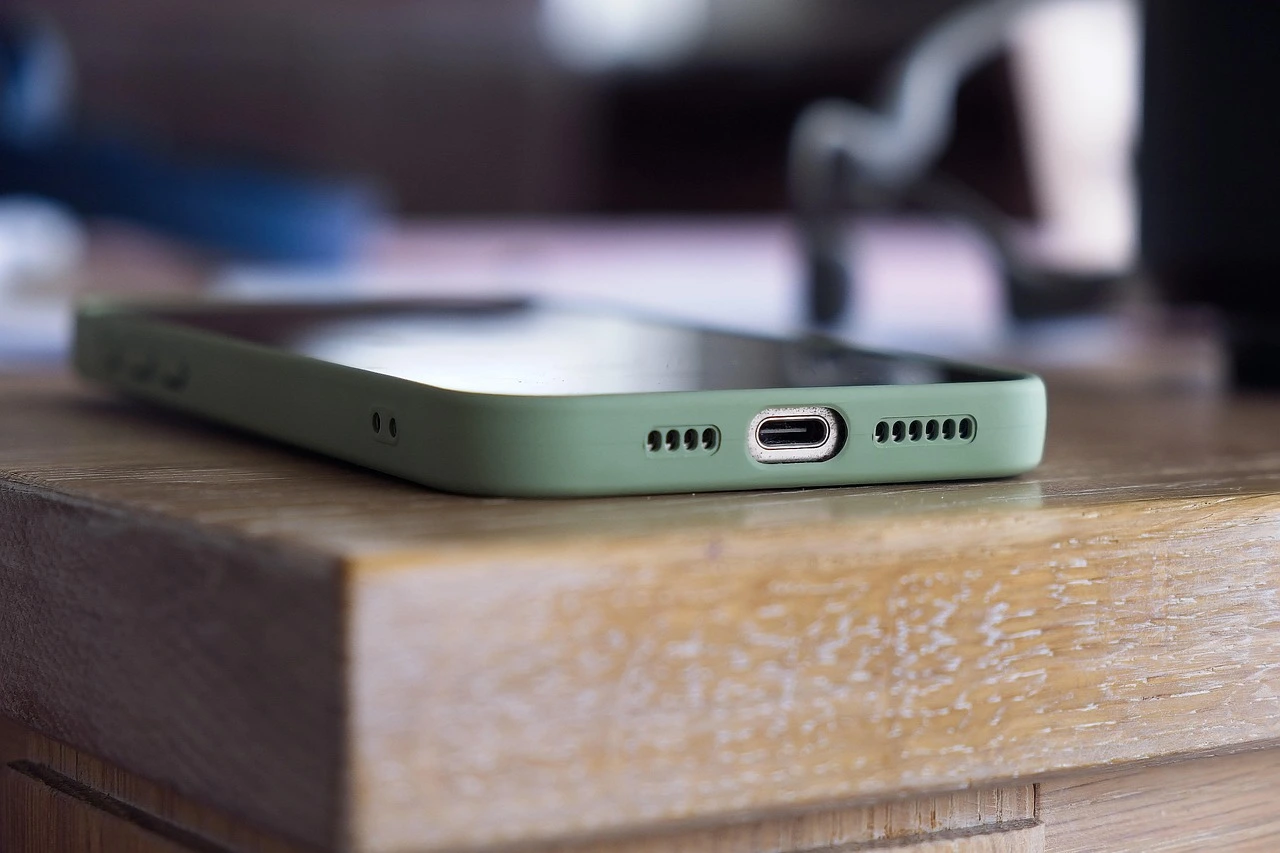
The SIM card has been a standard part of mobile connectivity for decades. However, in 2025, the rise of eSIM technology is changing how we connect, switch carriers, and manage devices.
If you’re upgrading your phone, traveling internationally, or simply trying to understand the changes your carrier is pushing, you’re likely weighing the benefits of eSIM vs physical SIM.
This guide breaks down everything you need to know. We’ll walk you through how each option works, how they differ, and what those differences mean in real-world use.
By the end, you’ll have a clear sense of which SIM setup best fits your needs.
What Is a SIM Card? (Quick Refresher)
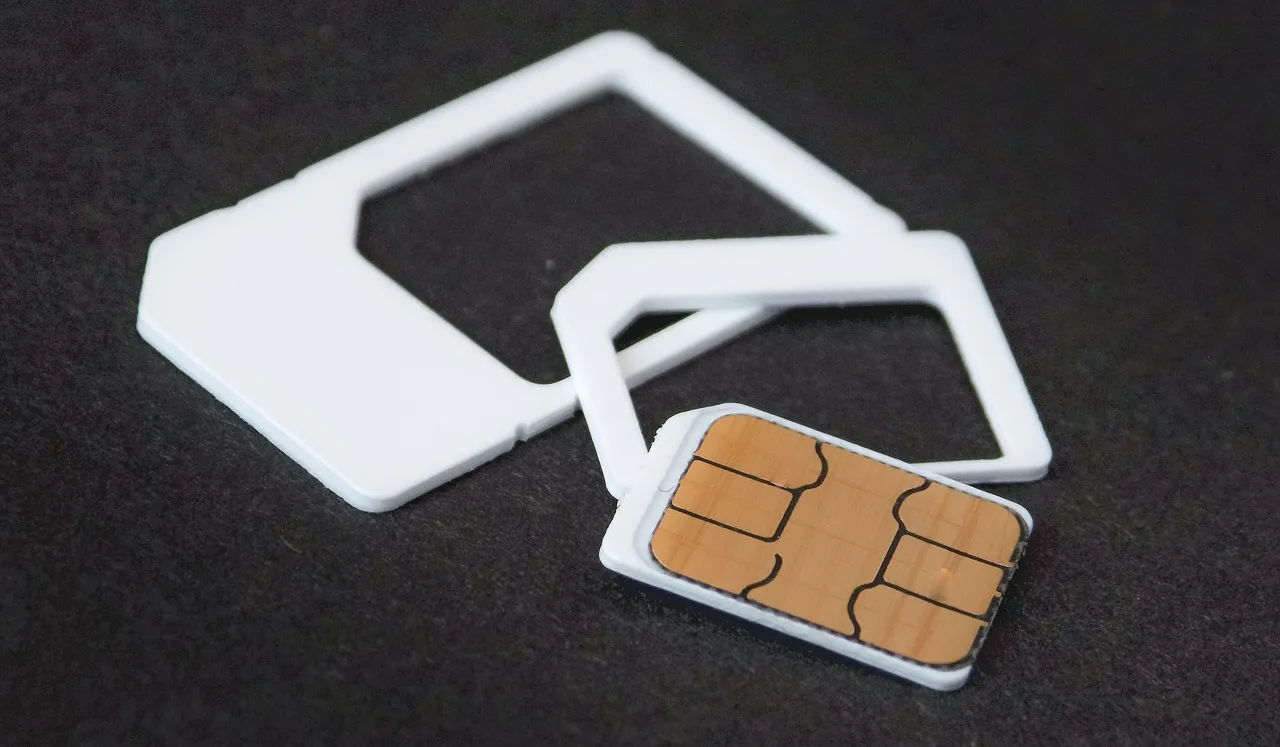
SIM stands for Subscriber Identity Module. It’s a small chip that stores your mobile identity, allowing your device to connect to a carrier’s network. Without it, your phone can’t make calls, send texts, or access mobile data.
SIM cards came about in the early 1990s. They started as full-size cards before shrinking down to mini, micro, and nano versions.
For decades, physical SIMs have been the standard method for authenticating devices on mobile networks. They’re removable, easy to swap between phones, and essential for connecting to GSM-based carriers worldwide.
What Is an eSIM?
eSIM stands for embedded SIM. Unlike a traditional SIM card, there’s no physical chip to insert or remove.
Instead, the SIM is part of your device’s hardware. Manufacturers usually solder it to the motherboard.
An eSIM works by downloading a carrier profile to your device. This profile contains all the network credentials your phone needs to connect, similar to what a physical SIM stores.
Mobile industry experts refer to this as remote provisioning, and carriers manage it over-the-air (OTA). That means you can switch carriers, activate a new service, or add a secondary line without visiting a store or handling any physical cards.
Most modern smartphones let you store multiple eSIM profiles. However, only one can be active at a time, unless the device supports dual eSIM. This makes it useful for international travel, business users, and individuals who want more flexibility without having to juggle multiple plastic SIM cards.

There were almost 600 million eSIM smartphone connections worldwide in 2024. (Source: Statista) Increased carrier support, demand for dual-SIM functionality, and the push toward smaller, more compact device designs likely drove the growth in eSIM adoption.
Many manufacturers are also phasing out SIM trays, and consumers expect faster, more flexible activation.
So, what’s changed over the last year? Now, there are approximately 4 billion eSIM connections globally across all device categories. (Source: Mobilise Global) This includes smartphones, wearables, laptops, tablets, cars, and Internet of Things (IoT) devices.
eSIM vs Physical SIM: Core Differences
At a basic level, both eSIM and physical SIM serve the same purpose: to connect your device to a mobile network.
However, how they are used and how you use them differ in key ways. Below is a side-by-side comparison of the main differences to help you quickly understand the eSIM vs physical SIM comparison.
| Feature | eSIM | Physical SIM |
|---|---|---|
| Form | Built into the device (no card necessary) | Removable chip/card |
| Setup | Activated by scanning a QR code or app | Insert the card manually into the SIM tray |
| Switching Carriers | Remote provisioning (no need to swap cards) | Requires removing and replacing SIM cards |
| Multiple Profiles | Can store several profiles, switch in settings | One SIM per card (swap to change profiles) |
| Travels Convenience | Add international plans without swapping | May require buying and inserting a local SIM |
| Security | Harder to remove or steal from the device | Easier to lose, remove, or misuse |
| Device Compatibility | Newer phones only (doesn’t support all models) | Works with nearly all phones, old and new |
| Durability | No moving parts (less prone to damage) | Physical wear and tear over time |
Physical SIM: Tangible, Traditional, Replaceable
A physical SIM is the small chip you insert into your phone. It’s something most users have handled at some point. It stores your phone number and network credentials. And you must physically remove or replace it to switch carriers or plans.
It remains the most widely supported option globally, especially in areas with older infrastructure or for travelers using unlocked phones.
Example: If you’ve ever bought a prepaid SIM at an airport kiosk while traveling, you’ve used a physical SIM. Pop it in, restart your phone, and you’re connected.
eSIM: Virtual, Embedded, Flexible
Manufacturers build an eSIM directly into your device. And software manages it entirely. You don’t need a physical card.
You activate it by scanning a QR code or downloading a carrier profile. This often takes minutes.
eSIMs offer instant activation, support multiple profiles, and make switching carriers or adding travel plans simple. You don’t have to handle any hardware.
Example: Activate a plan while packing your bags. You don’t need a SIM tray or a trip to the store. This means no potential delays in your travel plans.
Maaltalk offers eSIMs that make staying connected while traveling effortless.
Whether you need a global eSIM for international trips or a country-specific plan for local coverage, Maaltalk lets you skip the hassle of hunting for a SIM card at your destination.
Pros and Cons of Physical SIM Cards
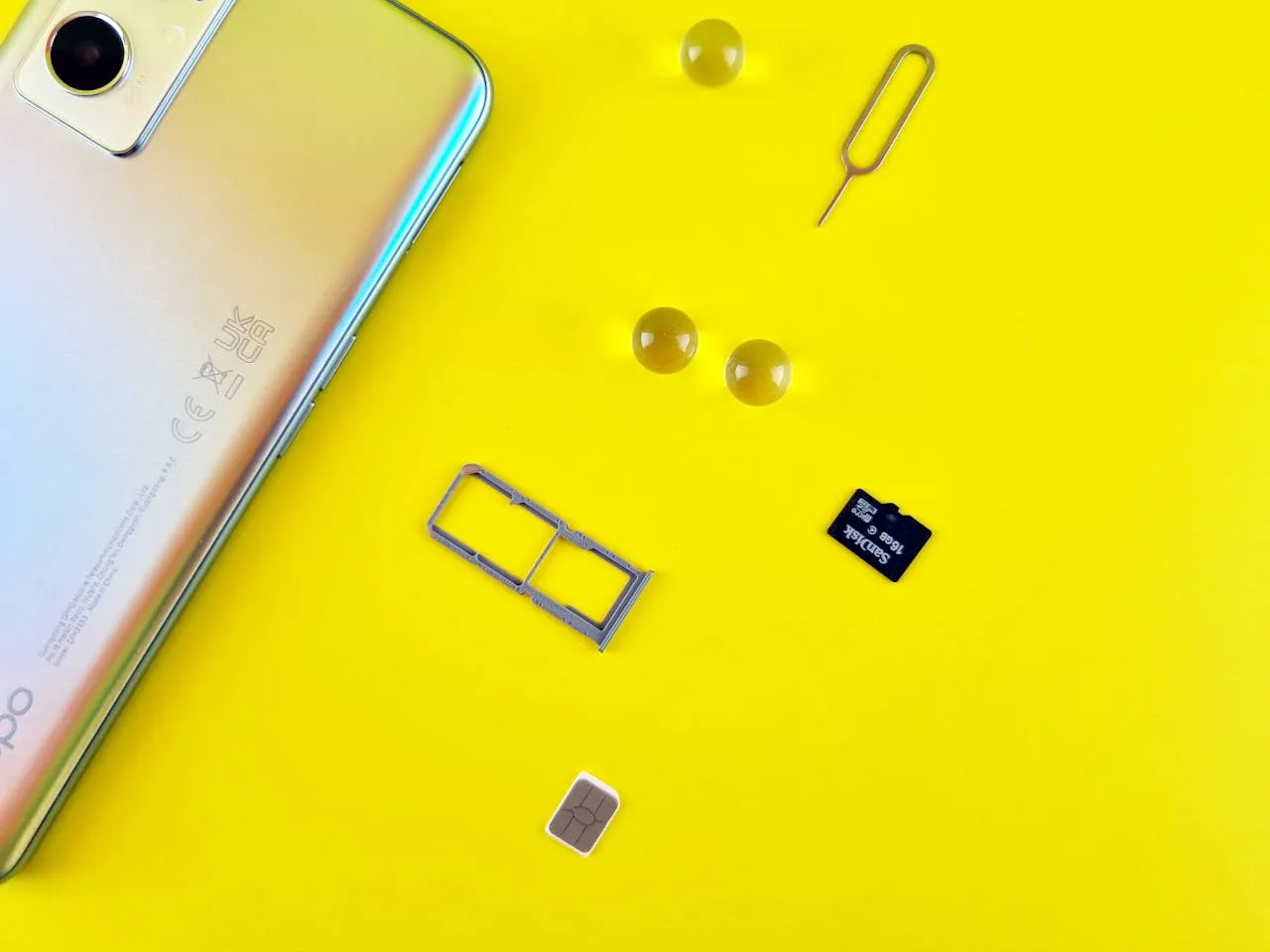
Physical SIM cards are still the standard in most parts of the world. They’re simple, familiar, and widely compatible. These factors make them a reliable choice for everyday users and international travelers.
However, as mobile tech evolves, the limitations of physical SIMs are now more noticeable. For example, physical SIMs restrict users from quickly switching carriers without physically swapping cards and prevent providers from remotely updating services.
Pros
- No reliance on software or the internet
- Useful as a backup option
- Easy phone swapping
- Universal support
Cons
- Requires physical handling
- Risk of loss or damage
- One profile at a time
- Not future-proof
Pros and Cons of eSIM Cards
eSIMs offer users greater convenience and control over their mobile plan management. You can switch carriers, add travel data, or activate service, all without using a physical card.
Still, not every device supports eSIM. And some users prefer having a physical card.
Before switching, always check if your device and carrier support eSIM.
Quick tip: Dial *#06# on your smartphone. If your device is compatible with eSIM, you’ll see the eSIM unique identification number (EID) on your device.
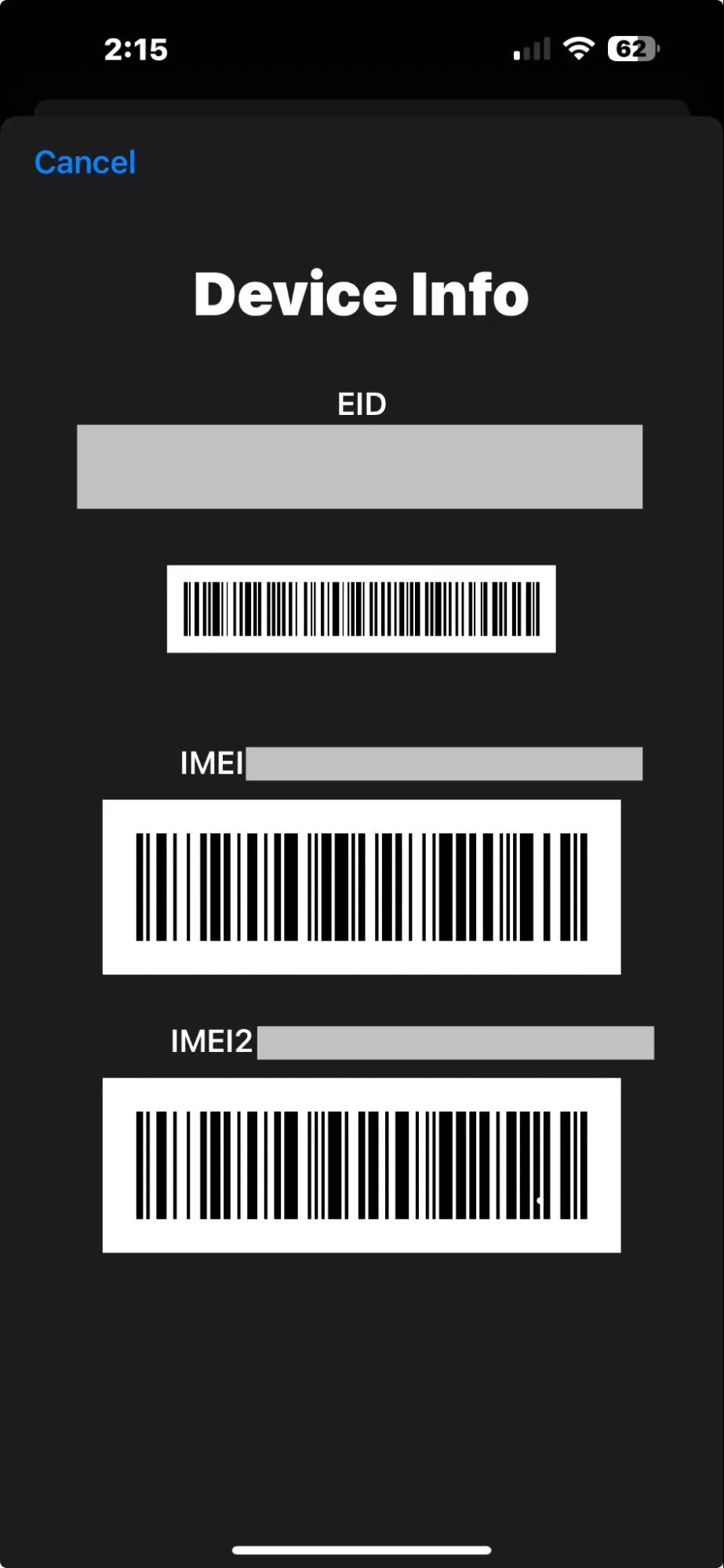
Here’s a clear breakdown of what eSIMs offer and where they fall short:
Pros
- Instant activation (no waiting for delivery)
- Multiple profiles on one device
- Eco-friendly (no plastic waste)
- Remote management
Cons
- Some carriers still charge fees for eSIM profiles
- It can be confusing for first-time users
- Device compatibility limitations
eSIM vs. iSIM: The Next Step?
You came here for help deciding between eSIM vs physical SIM. But what about iSIM? Also known as Integrated SIM, iSIM is a newer technology that’s starting to gain traction.
It takes the concept of eSIM even further by embedding the SIM functionality directly into the device’s main processor rather than placing it on a separate chip.
This tighter integration saves space, improves power efficiency, and enhances security by reducing the number of components.
Right now, iSIM is still in its early stages. Only a few phones and connected devices support it. But experts expect it to change. Forecasts suggest 10 million iSIM-enabled devices by 2026. (Source: Juniper Research)
Which Phones Support eSIM in 2025?
eSIM support keeps growing. But it still depends on your phone model and region. Always check if your carrier and device support eSIM before buying. Here are some makes and models that do.
iPhone Models
- iPhone 14 (U.S. models) and up are eSIM-only
- iPhone XS and newer support eSIM
Apple currently leads the pack in eSIM adoption rate, at 22%. (Source: Market.us Scoop)
Samsung Models
- Some A-series models (check region-specific specs)
- Note 20, Z Fold, and Z Flip series
- Galaxy S20 and newer
Google Pixel and Others
- Select Motorola, Sony, Xiaomi, and Huawei models now include eSIM
- Pixel 3 and newer
Visit our website for a complete list of devices that support eSIMs.
When To Use an eSIM vs Physical SIM
When choosing between eSIM vs physical SIM, it depends on how you use your phone. Here are common scenarios to help you decide which option is best for your situation.
Frequent Travelers
Use eSIM for quick access to data plans in different countries. If you travel often, whether for work, study, or adventure, eSIM is the most convenient choice. It lets you download a local plan before you land, skip the airport kiosk, and get connected the moment you power your phone.
For example, are you backpacking in Europe? Use an app like Airalo to download local plans instantly.
Bonus: You can keep your primary physical SIM active for calls and texts from home. And you can use the eSIM for local data.
With the MaaltalkNow App, this process is even simpler, thanks to One-Click eSIM Installation. You can skip the hassle of scanning QR codes and activate your plan instantly right from your phone.
Business Users
Use eSIM and physical SIM together to manage work and personal lines on one device. You can keep your personal number on a physical SIM and add a work line via eSIM, or vice versa.
This setup is ideal for remote workers, consultants, or anyone managing multiple roles with different contact numbers.
Planning a business trip? Use MaaltalkNow’s AI Product Recommendations to help you find the perfect data plan with smart, personalized eSIM recommendations based on your travel details.
As an added bonus, when you purchase your eSIM plan through the MaaltalkNow App, you’ll receive a 10% discount.

Budget-Conscious Users
Use a physical SIM if you’re looking for the most affordable, prepaid options.
Backup/Secondary Line
Use a physical SIM as a fallback if eSIM service fails or if you reset your phone. Having a traditional SIM gives you an easy backup in case you lose access to your primary plan.
Setting up an eSIM: Step-By-Step
If you’ve never used an eSIM before, don’t worry. The setup process is fast and doesn’t require tech expertise. Here’s how to get started in three easy steps.
Step 1: Buy an eSIM Plan
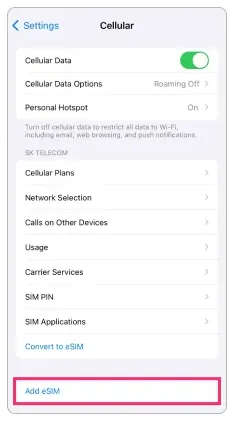
Choose a provider that supports your destination and device. Popular options include:
- Maaltalk: Ideal for global and regional travel
- Airalo: Known for affordable travel data packages
- GigSky: Offers data plans in over 190 countries
Choose a plan based on your travel destination, data needs, and how long you’ll use the service. Make sure your phone is unlocked and supports eSIM before purchasing.
Choosing Maaltalk means more value from the start. Use the MaaltalkNow App to buy your eSIM and get 10% off.
Step 2: Scan QR Code or Install Profile
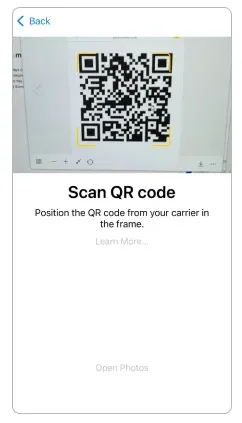
Once you purchase a plan, your provider will email you a QR code or manual activation code that comes with installation instructions.
On iPhone:
- Go to Settings > Cellular > Add eSIM.
- Choose “Use QR Code” and scan the code.
- Or, select Enter Details Manually if you have an activation code.
On Android:
- Go to Settings > Network & Internet > SIMs or Mobile Network.
- Then, tap + Add SIM or Add eSIM.
- Choose Scan QR Code or Enter Code Manually.
If your device asks for confirmation, accept the prompts and install the new cellular plan.
Step 3: Activate and Manage Your Plan
After installing the eSIM, your phone will guide you through activation. Follow the prompts to:
- Label your eSIM: Give it a name like “Work,” “Travel,” or “EU Plan.”
- Set it as primary or secondary: Decide which line to use for data, calls, and texts.
- Toggle eSIMs on or off: Easily switch between plans without deleting them.
- Set data roaming: Enable this if using the eSIM internationally.
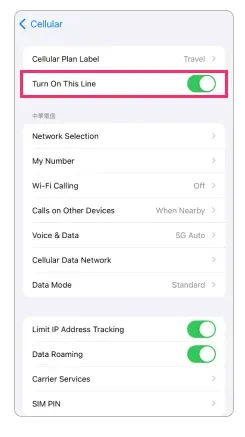
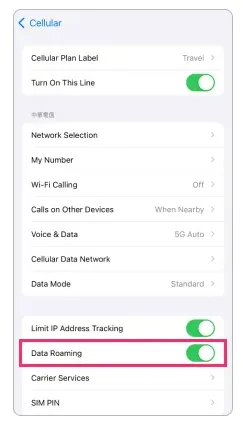
eSIM vs Physical SIM: Which SIM Is Best for You?
So, in the eSIM vs physical SIM competition, who are you choosing?
Both eSIMs and physical SIMs have their strengths. eSIMs offer flexibility, quick setup, and easy switching. It’s ideal for travelers, remote workers, and anyone comfortable managing their plans through software.
On the other hand, physical SIMs still make sense for users who prefer something tangible, need compatibility with older devices, or rely on budget prepaid options.
If you’re tech-savvy or frequently on the move, it’s worth trying an eSIM for the convenience alone. You might not go back.
Explore Maaltalk’s eSIM plans for your next trip and see how simple mobile connectivity can be.

FAQs About eSIMs
Can I Have Multiple eSIMs?
Yes. Most newer phones can store several eSIM profiles. However, you can only use one or two at a time, depending on the device.
What Happens if I Lose My Phone?
Contact your carrier immediately. They can deactivate the eSIM remotely and help transfer your number to a new device.
Can I Delete and Reinstall eSIM Profiles?
Yes, but it depends on the carrier. Some let you reinstall using the same QR code. Others require a new one. Always save your activation info.
Can eSIMs Support Both Data and Calls?
Yes. eSIMs work just like physical SIMs and support calls, texts, and mobile data, as long as your plan includes those features.
Will Physical SIMs Disappear?
Not yet. Physical SIMs still dominate the market. However, more phones are moving toward eSIM-only, especially in the U.S. and Europe.
Are eSIMs More Secure Than Physical SIMs?
Generally, yes. You can’t physically remove or swap an eSIM. This makes eSIMs harder to steal or misuse if you lose your phone.



